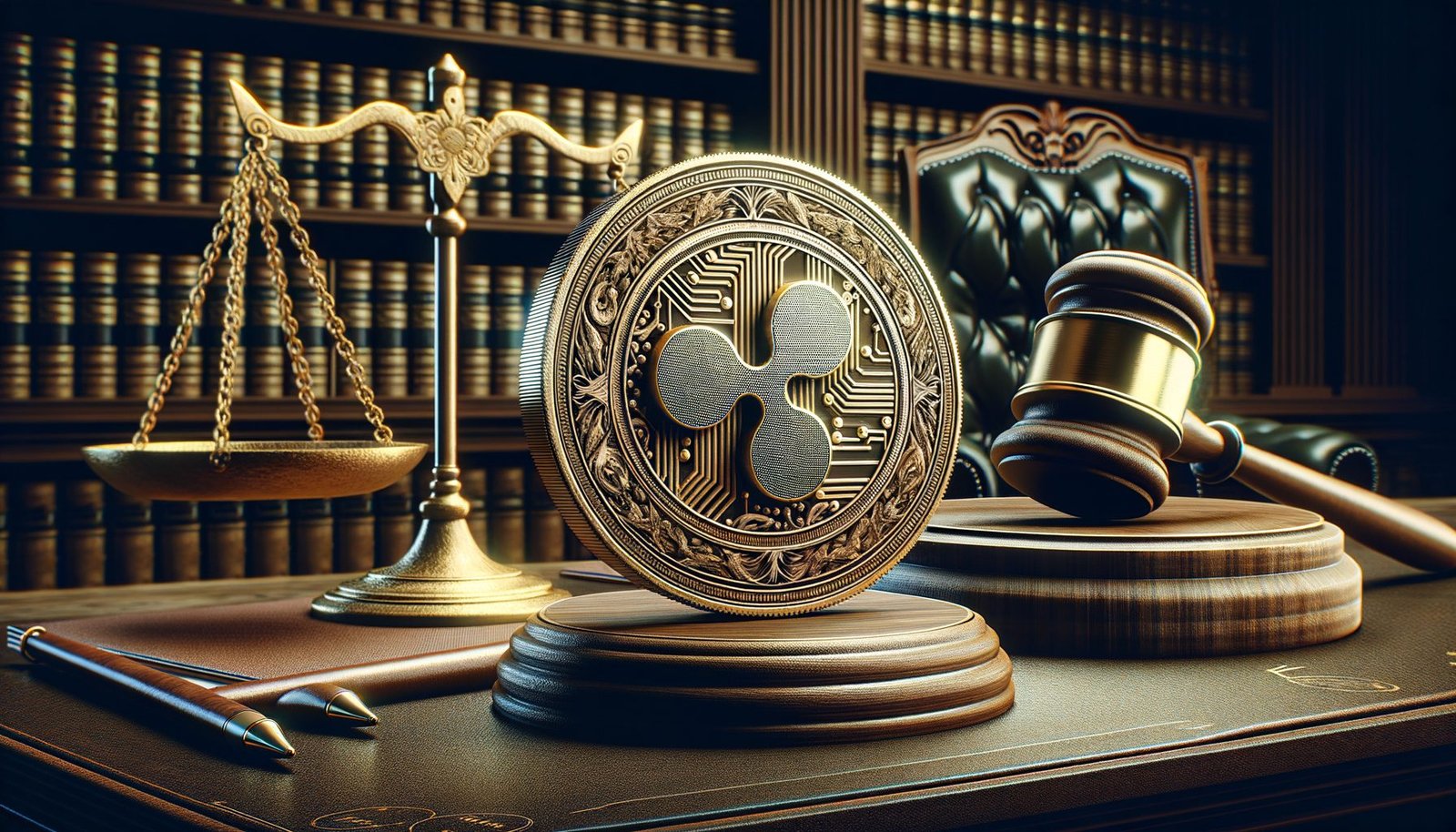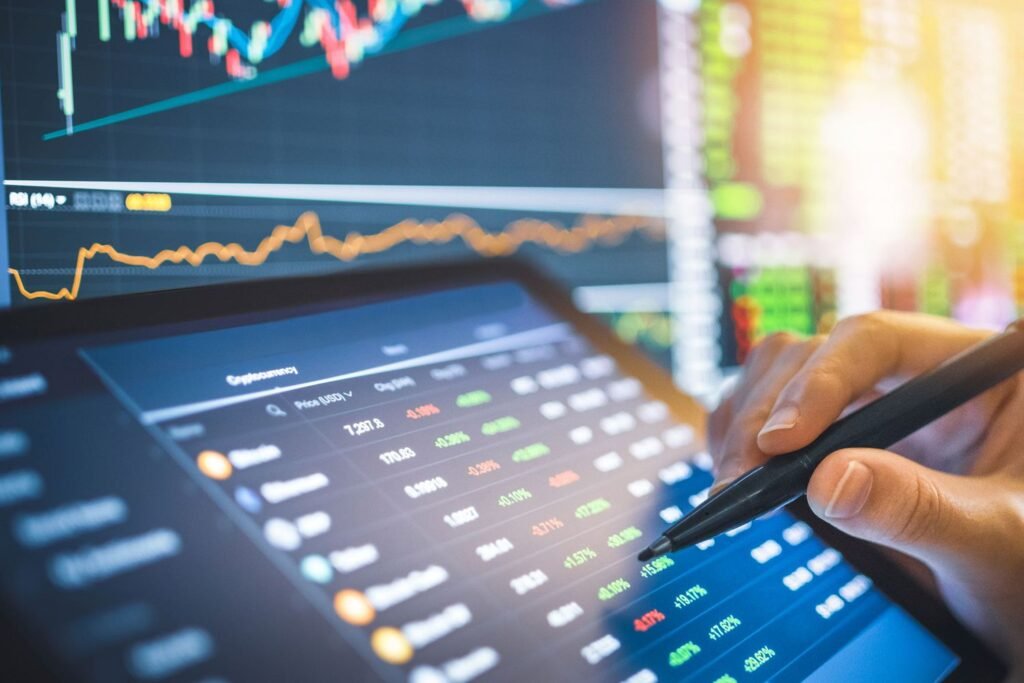Native to the Ripple network, XRP has been making waves in the realm of digital currencies. Following years of debate, government investigation, and market volatility, XRP has started to demonstrate excellent rates of expansion. Particularly in the lending market, and with the launch of XRP Futures on Coinbase, there is a notable increase in institutional use today. These events suggest that the asset is becoming increasingly critical and may soon emerge as a major player in the Bitcoin ecosystem.
XRP’s Growing Role in Institutional Crypto Lending
XRP’s rise in use for lending purposes is among the most significant indicators of its growing institutional momentum. Both institutional investors and large-scale traders have taken notice of several crypto lending platforms that have recently started accepting XRP as collateral.

Collateralized lending has long been a basic activity for banks and other financial organizations in the conventional financial industry. Lending sites like Celsius, BlockFi, and Nexo have let users of cryptocurrencies earn yields on their digital assets or borrow against them. Since XRP is being lent on a significantly larger scale than ever before, its inclusion in this paradigm marks a new chapter for the digital asset.
XRP in Crypto-Backed Loan Platforms
One special benefit of crypto-backed loans is that they let borrowers use their crypto assets without selling them. Including XRP as an asset class on such lending platforms helps institutional players get liquidity without compromising their long-term XRP positions. This develops a symbiotic link between the expanding loan platforms and institutional investors. Conversely, the growing demand for XRP as collateral benefits lending platforms, as it guarantees a consistent flow of income for them and increases the overall liquidity in the crypto lending market.
XRP’s comparatively quick transaction processing time and liquidity, however, appeal especially for this use. XRP has one of the shortest transaction times in the crypto industry unlike Bitcoin or Ethereum, which could suffer delays because of network congestion during moments of great trade activity. It is a great candidate for use in lending programs, as it can settle transactions in a few seconds and provides a relatively stable price trajectory compared to other erratic cryptocurrencies.
Coinbase Launches XRP Futures
Coinbase Futures has officially launched XRP, marking yet another significant milestone. As the leading bitcoin exchange worldwide, Coinbase has established a reputation as a portal to the digital realm. It provides a reliable venue for trading a broad spectrum of digital assets to both retail and institutional investors. XRP futures have given Coinbase a fresh path for asset risk management and speculative activity. This action marks a significant shift in the general acceptance of XRP, as futures contracts enable traders to profit from price fluctuations in both rising and declining markets.
XRP futures on Coinbase mark a significant milestone, as they enable institutional and individual traders to gain exposure to XRP without owning the underlying asset. Trading futures contracts allows investors to hedge their positions, speculate on XRP, and more effectively manage risk. For XRP, this generates a whole new layer of liquidity, as futures contracts attract institutional investors who wish to participate in the price swings but avoid direct ownership of digital assets.
Coinbase Lists XRP Futures
With over 89 million confirmed users globally as of 2023, Coinbase has long been one of the most prominent platforms in the Bitcoin space. Its decision to list XRP futures on its platform is crucial, particularly for institutional players seeking a controlled means of investing in the Cryptocurrency Market. Coinbase’s offering of XRP futures has contributed to the recognition of XRP as a legitimate financial tool, comparable to more established assets such as Bitcoin and Ethereum.
Future contracts also present a special benefit for XRP holders. XRP holders can defend their positions by hedging against possible price falls, therefore providing a degree of risk control usually reserved for more developed markets. This action marks XRP’s growing significance as a traded asset and a leading participant in the broader cryptocurrency market.
XRP’s Legal Battle and Adoption
XRP’s path has been shaped mainly by its ongoing regulatory battle with the U.S. Securities and Exchange Commission (SEC). Ripple Labs, the creator of XRP, has been embroiled in a legal battle for over two years regarding whether XRP qualifies as a security. Many exchanges have delisted XRP, and the market is further unsettled due to this ongoing legal process.

Still, recent events in the case have inspired hope for institutional investors as well as XRP holders. For XRP, this decision marks a significant shift, as it suggests that the legal environment surrounding cryptocurrencies may be evolving in a more positive direction. Consequently, institutional investors are more confident in XRP’s long-term viability, which has contributed to its adoption in lending and futures markets, among other fields.
Final thoughts
As XRP continues to gain institutional traction in the lending and futures markets, the future for the digital asset looks promising.
Furthermore, XRP’s presence on Coinbase Futures and growing interest in it as a collateral asset for loans indicate its potential to become a progressively significant participant in the digital asset market and broader financial landscape for both institutional and retail investors seeking to diversify their portfolios or utilise more sophisticated trading techniques, its speed, low transaction costs, and scalability appeal.


